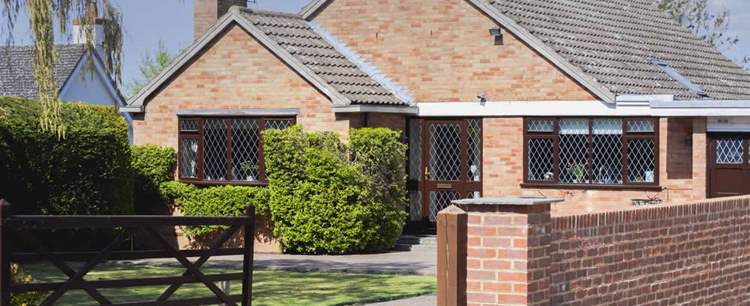UK property news headlines reflect the underlying shifts in the economy as a whole.
Second-home owners seem less than ever welcome in Wales. The warning signs are raised in the face of stagnating property prices and, erstwhile buyers are left in limbo as property transactions fall through. In the meantime, a revision of the rules on Stamp Duty will be welcomed by several hundred thousand buyers while average rents reach record levels.
Let’s take a look behind some of these headlines.
Campaigners Want To Prevent Second-Home Owners From Changing Welsh House Names
Activists are looking to ban anyone buying a second or holiday home in the principality from changing the original Welsh name of a home, according to a story in the Mail Online on the 2nd of October.
The campaigners argue that the loss of traditional Welsh names that have been given to many homes is damaging to the culture and history of the place. They want to see legislation enacted that will make it illegal to change the existing Welsh name to its English equivalent.
A petition raised by the campaigners – who call their action “Diogelwn” (We Will Protect) – has attracted more than 18,000 signatures and its aims have already been aired in the Welsh Parliament, the Senedd. Any new law could prevent new buyers from renaming a house previously called “Cartref” into its English translation of “Home” or “Ty Gwyn” into “Whitehouse”.
Property Market Warning As House Prices Stagnate
September was notable for the UK property market for all the wrong reasons. It was the first month in more than a year that average house prices failed to grow.
Remarking on this statistic in a story on the 30th of September, news outlet Bloomberg noted that the annual increase in house prices has now dropped to below 10% – the 9.5% increase in the 12 months to the end of September is the smallest since that recorded in April last year.
House prices in London have been the worst affected.
The principal culprit for the downturn, according to commentators, is the soaring rate of interest and the withdrawal of many mortgage products from the market – with that dwindling supply pushing up interest rates still further.
Limbo For Buyers Stranded When Sales Fall Through
Illustrating the recent dip in the housing market, a story in Wales Online on the 30th of September, reaffirmed the nervousness of mortgage lenders who are pulling their products – only to leave otherwise hopeful buyers high and dry.
The lending market saw more than a thousand mortgage products disappear overnight, as analysts forecast a doubling of mortgage interest rates next year.
In response to those market conditions, many lenders are now worried that borrowers may be unable to repay their loans and, so, mortgage offers have been withdrawn. The withdrawal of such offers has left many erstwhile buyers in a state of limbo as they scrabble around for even more highly-priced mortgages.
New Stamp Duty Rates Welcomed By The Estimated 200,000 Homebuyers Who Will No Longer Need To Pay It
On the 23rd of September, the new Chancellor Kwasi Kwarteng announced that the threshold at which homebuyers would need to pay Stamp Duty (Stamp Duty Land Tax to give it its formal title) would be doubled – from £125,000 to £250,000.
In its commentary on the same date, London’s Evening Standard noted that this raising of the threshold and the change in Stamp Duty rates would mean that some 200,000 homebuyers would no longer be liable to pay the tax at all.
Stamp Duty is now applied – at the minimum rate of 5% – only on house purchases of between £250,000 and £925,000; the rate on the next £925,001 to £1.5 million is 10%; and for the amount above £1.5 million, it is 12%.
Special rates for first-time buyers of homes costing less than £625,000 mean that the initial tax-free allowance is now £425,000 and for any amount between £425,000 and £625,000 the rate is still only 5%. If the first home is bought for more than £625,000 buyers qualify for no relief from Stamp Duty.
Dwindling Supply Fuels Record Rent Levels
Average monthly rents in England have reached a record high, according to a story in Landlord Today on the 3rd of October.
The previous high of £1,238 – in July – was surpassed by September’s £1,249. This represents an increase of 1.8% over the figure for August, to take current rents to a level 13.17% higher in the 12 months to the end of September.
There are significant regional variations, of course, but the biggest surge was in London, where average rents now top more than £2,000 a month for the first time ever – a 6.7% increase in the past month alone.






